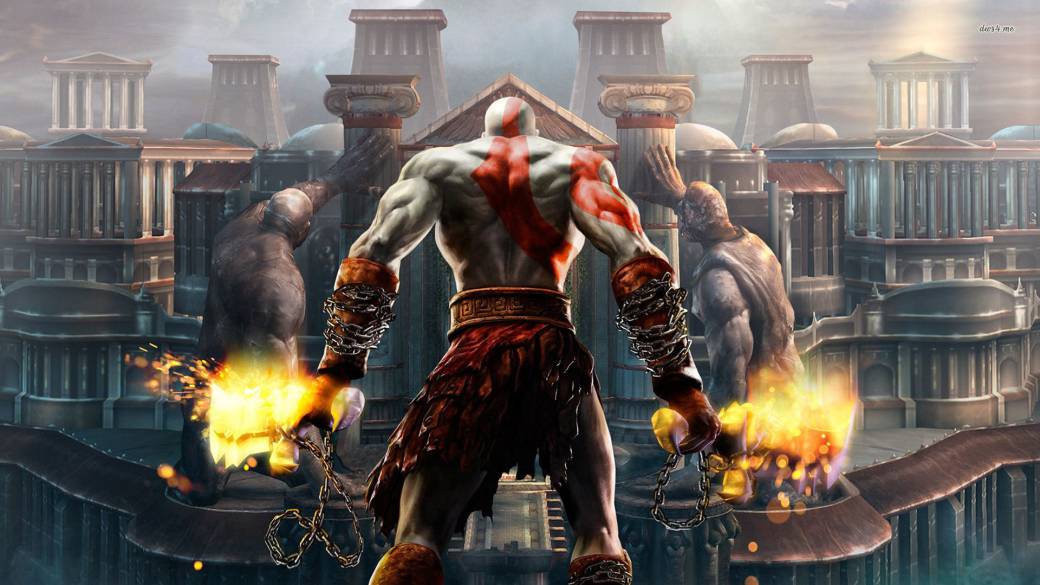
We remember the new IP created in the generation of the 128 bits of Sony, so its time travel and how they have survived … if they have done so.
This week we commemorated the 20th anniversary of PlayStation 2 that is celebrated this year – next day 4 in Japan, the end of November in Europe – a console that still claims to be the best selling of all time with more than 155 million units . One of his greatest credentials was, in addition to the success of the previous generation of Sony, it was his extensive catalog, a catalog that boasted not only quantity, but also quality and most importantly, an immeasurable variety in which there was room for all kinds of genres. In fact, during that generation of 128 bits, a good handful of new IPs came to light, many of them still remain in our day, some of which have even become icons in the history of the PlayStation brand.
The objective of this article is to look back and discover another of the great merits of that console – sometimes generation in general -, remembering all the new franchises born at the time, also representing a good example of the success of it.
Evergreen Classics
It is probably fair to start talking, of course, about God of War. The most common is that the graphic ceiling of a generation is reached practically in the last rales of it, as is evident, and it was Santa Monica who managed to exploit the PlayStation 2 hardware to the fullest just one year before the market launch PlayStation 3. Achieving this with a new IP was a double surprise, since those responsible for it were a practically unpublished studio, although David Jaffe was in charge, who already savored the honeys of success with Twisted Metal. After a second installment also on PS2 – and with PS3 already in many homes – still superior, the license is currently in a great moment thanks to the successful iteration of 2018, directed by the director of God of War 2, Cory Barlog .

Another franchise that lives glory days today is Devil May Cry. His fifth installment, launched last 2019, has already become the most sold in the history of the license, but its origins date back to 2001, when in Capcom they understood that the vision that Hideki Kamiya had of Resident Evil was too different what was then understood as Resident Evil, and the decision, we now know that I knew, was to launch it with the name of a new IP. Unfortunately it followed an irregular trajectory, and a spectacular first installment was followed by a mediocre sequel, to later return for its privileges with Devil May Cry 3. The complete trilogy appeared on PlayStation 2, by the way.
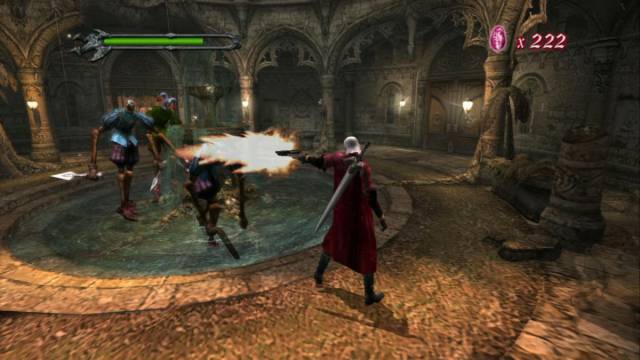
Two great successes of that generation, although with different destinations and situations today, are Splinter Cell and Yakuza. To be fair, it should be noted that the Sam Fisher saga was born months earlier on the original Xbox, to arrive later – in 2003, specifically – to PS2, completing a trilogy that was even considered at that time even a rival at the same height Metal Gear Solid as far as stealth is concerned. Pandora Tomorow and Chaos Theory completed a trident for a license that later went to other paths to end up returning to the origins with the remarkable Splinter Cell: Blacklist (2013), the last installment for the moment and without the sight of seeing a next short or medium term. On the other hand, the fate that Yakuza has run has been quite different, since despite being considered a lot more niche a priori, it has become a cult franchise that has recently seen all its remastered or redone deliveries from scratch, even reaching to be part of the catalog of a Microsoft console, something that seemed impossible not long ago.
And of course, we have to mention the great success of Square Enix, which surprised its own and strangers with a new IP after a great installment of its star saga such as Final Fantasy X. Kingdom Hearts (2002) was born with a premise a priori tremendously attractive, as it is to combine the best of the Japanese role with the charisma of the multiple Disney worlds, and thus it was received, generating almost instantly a legion of millions of fans all over the world. Kingdom Hearts 2 would arrive in 2006, also on PS2, and from there, a very long drought until Kingdom Hearts 3 (2018), a huge hole filled by games for laptops and mobiles, some of them almost essential to understand a very complex plot.
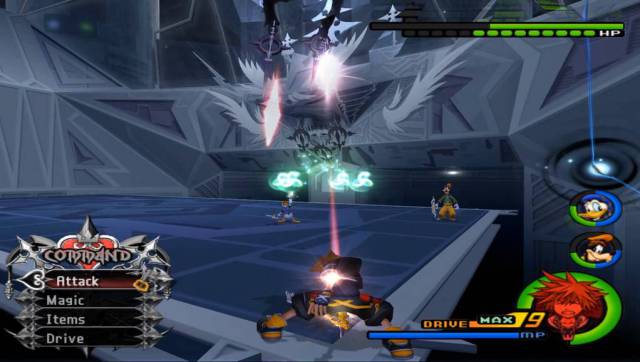
The (second) golden age of pets
Although they never really went through a crisis, the reality is that these nice characters lived a full golden decade in the 90s, beginning in the 32 and 64 bit generation (Crash Bandicoot, Banjo-Kazooie), but they lived a real hatching in the 128. Many of these games were also developed by studies that today are considered absolute pillars of the PlayStation brand such as Naughty Dog (Jak & Daxter), Insomniac Games (Ratchet & Clank) and Sucker Punch (Sly Cooper).
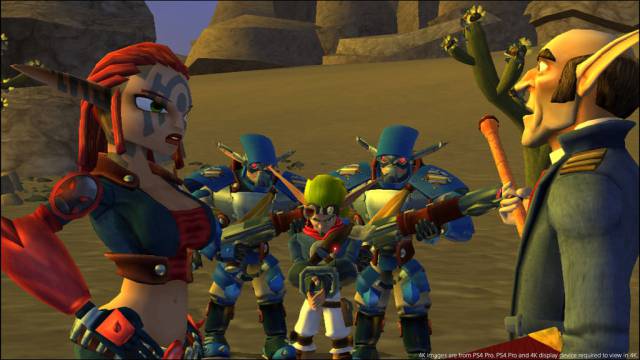
Unfortunately the times change, and the popularity of each genre with them, and that of 3D platforms is not exactly the highest today, except for honorable exceptions in the form of titans like Super Mario Odyssey. None of those franchises survived the passage of time, except in some way to Ratchet & Clank, whose fantastic remake we could enjoy a little less than 4 years ago in PlayStation 4. Yes, at present, the studies mentioned are some of the most important from among the first Sony parties, premiering two of them also his next game this year: The Last of Us 2 by Naughty Dog, Ghost of Tsushima by Sucker Punch. Meanwhile, Insomniac was recently acquired by the Japanese company after the great result of Marvel’s Spider-Man.
Ephemeral success, or almost
If before we talk about franchises whose popularity has remained, or even increased over time, there are many who have not suffered the same fate. Among them, the most prominent case is that of Guitar Hero, born in this generation, consolidated in PlayStation 3, and totally erased from the map after a failed attempt to bring it back with Guitar Hero Live. The musical genre broke down especially in the last generation, thanks also to the inclusion of new instruments – drums – and games like DJ Hero, but after the returns of both Guitar Hero and Rock Band, with a reception rather than cold , we can terminate it.
A painful case is that of Burnout, whose first installment dates from 2001 and that put Criterion Games on the map, and that counts almost all of its deliveries for great successes, especially Burnout: Paradise, already appeared on PS3 and Xbox 360, and That was recently remastered. In fact, the success achieved with Burnout helped the British studio to develop Black, an absolutely stunning first-person shooter technically launched in 2006, temporarily exclusive to PlayStation 2 and later released on Xbox. Today, Criterion Games is in charge of the Need for Speed franchise, remarkably coming down less recently.
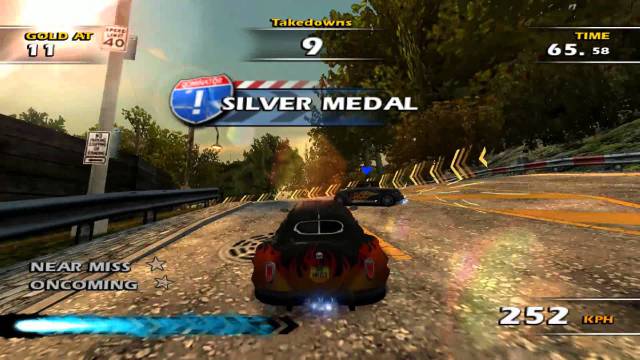
On the other hand, three of the most important Japanese companies of always made their big bets also in that generation. Capcom would launch the Onimusha trilogy with a control scheme and camera traced to the classic Resident Evil, and with a purely Japanese atmosphere – although with a certain Gallic cameo in Onimusha 3- it left us one of the best new 128-bit IPs. Unfortunately, the recent remastering of the first installment has not had the necessary impact to trust us to see a return in the medium term, but you never know about Capcom and its current state of grace. Also Konami, who triumphed in that generation with PES and Silent Hill 2 and 3, tried it with Zone of the Enders, whose first installment featured Hideo Kojima in production work and with great success in sales, although there will always be the question of whether That success was more due to the inclusion of the Metal Gear Solid 2: Sons of Liberty demo. And for his part, Tecmo claimed his share of the terror cake with a franchise very dear to fans of having a bad time at the controls: Project Zero. Released in 2001, we were placed with a camera as the only way to face the ghosts and achieved a very personal gameplay and atmosphere, something that unfortunately has not been enough to stay in vogue. His latest installment is Project Zero 5: Maiden of Black Water (2014), exclusive to Wii U, and although its producer has expressed a desire to retake it, the hopes should not be many.
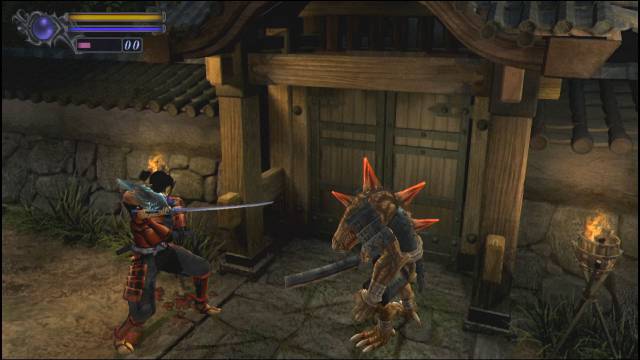
We have to finish this review with two licenses that, fortunately and unexpectedly, will be back. One of them is Timesplitters (2000), whose first two deliveries delighted the fps fans thanks to two generous campaigns in content and radiant personality, and with a very complete multiplayer in the second, specifically. We do not know when, but THQ Nordic works to bring it back, with its original creator on the development team, but with many doubts about how to focus it to attract a new audience. Even more surprising is the return of XIII (2003), an original first person shooter based on a Gallic comic and made use of the not-so-well-mannered cell shading, making it one of the most beloved games of that generation. Its remake will be launched this year by the hand of Playmagic, assuming a very good news for the nostalgic of the genre.

